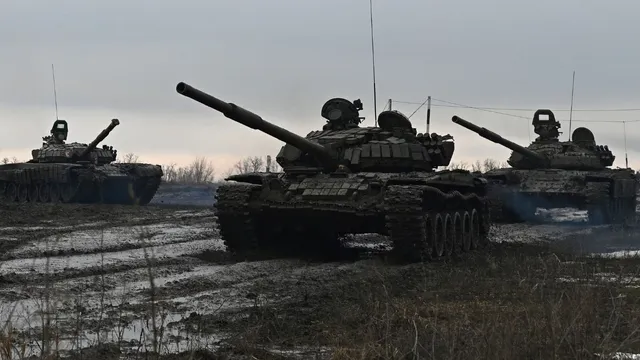- By Shivangi Sharma
- Mon, 24 Nov 2025 07:16 PM (IST)
- Source:JND
A leaked European peace proposal for the Russia-Ukraine war has stirred major debate across diplomatic circles, offering a framework that is in several ways tougher, more security-focused, and more favorable to Kyiv than the current US plan. The European peace plan calls for a full and immediate ceasefire across land, sea, and air, enforced under a multinational mission led jointly by the US and key European states. This truce would be monitored using satellites, drones, and on-ground teams to prevent violations.
A crucial detail is that post-war negotiations would begin from the current lines of contact, not from any pre-war borders or forced concessions. This places the advantage with Ukraine, as it rejects Russia’s demand for territorial recognition before talks begin.
Stronger Security Guarantees For Ukraine
Security commitments lie at the heart of Europe’s proposal. According to a report by The Telegraph, Ukraine would receive legally binding security guarantees from NATO states and from Washington, going beyond the vague assurances contained in the US plan.
Unlike the US proposal, Europe’s plan does not force Ukraine into neutrality and does not restrict Kyiv’s pathway to NATO or EU membership. The document explicitly states that there should be “no restrictions” on Ukraine’s military size, countering the US call to reduce its armed forces from nearly 900,000 to around 600,000.
Europe also leaves room for Ukraine to host “friendly forces,” potentially allowing NATO troops or advisers to operate inside the country as part of future security arrangements.
Rejection Of Forced Concessions And Russian Demands
While US President Donald Trump previously suggested freezing front lines, and more recently floated the idea of Ukraine ceding the entire Donbas region, Europe’s plan sticks to the earlier idea of holding the line where it is today.
This stance acknowledges Kyiv’s ability to resist Russia for over a decade in Donbas, where fortifications in Donetsk have repeatedly stalled Russian advances.
The US plan offers “reliable security guarantees” but still falls short of an Article 5-style commitment. Europe’s version, however, hints at a far more robust mechanism, including legally binding obligations that resemble NATO’s mutual defense clause.
Sanctions Relief And Use Of Russian Assets
Both the US and European proposals give Russia a route back into the global economy if it complies with a ceasefire. But Europe’s plan includes a “snap-back” sanctions mechanism in case of violations. It also proposes using roughly USD 250 billion of frozen Russian assets to rebuild Ukraine, a provision absent in the US plan.

